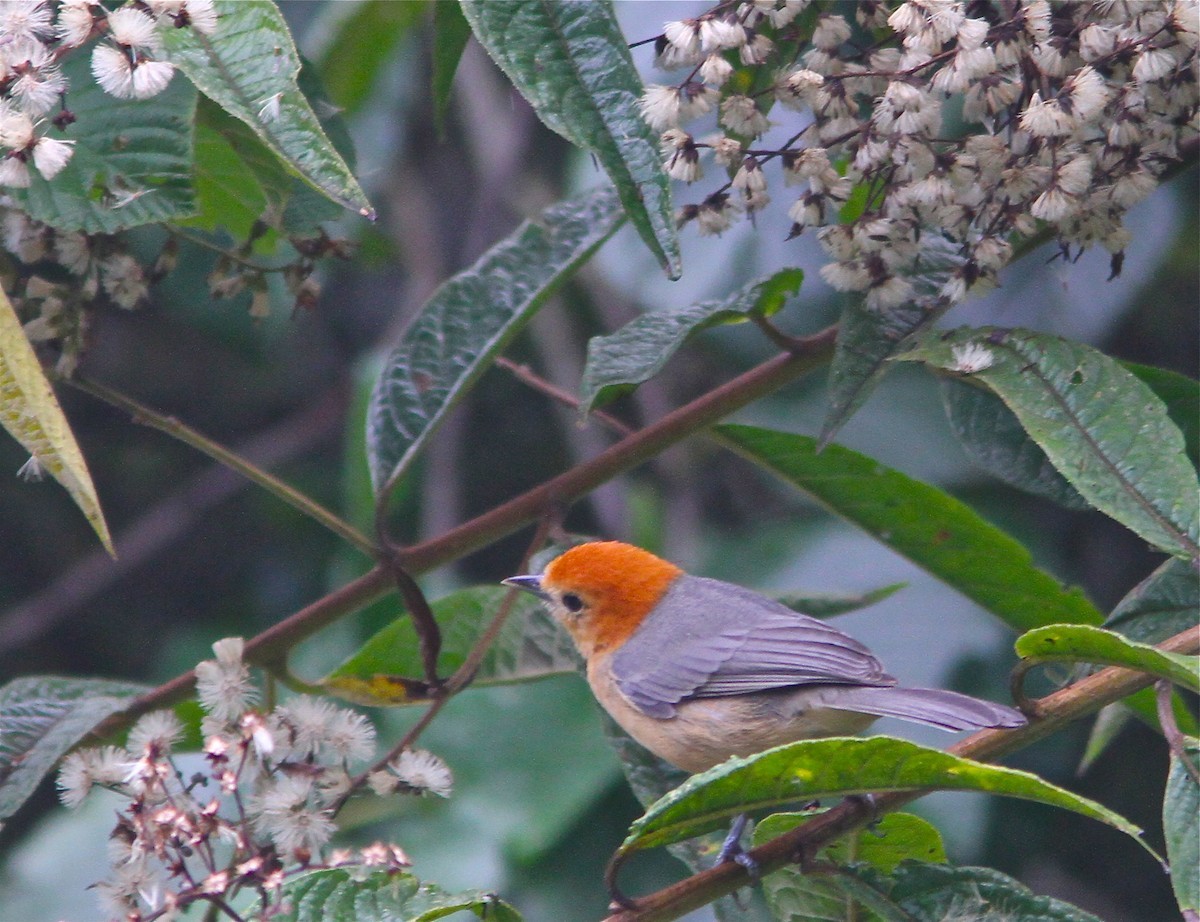The Inornate Tanager: A Jewel Of Northern Peru
Share
The Inornate Tanager, scientifically known as Thlypopsis inornata, is a captivating bird species belonging to the family Emberizidae and subfamily Thraupinae. This article delves into the taxonomy, habitat, behavior, and conservation status of this remarkable bird, providing birdwatchers and nature enthusiasts with a comprehensive understanding of its significance in the ecosystem.

Taxonomy
The Inornate Tanager was first described by Taczanowski in 1879, with its type specimen originating from Tambillo in the Cajamarca Department of northern Peru. It falls under the order Passeriformes, which is known for its diverse range of songbirds. Within this order, it is classified in the family Emberizidae, which includes various seed-eating birds, and the subfamily Thraupinae, which encompasses tanagers and their relatives.
Physical Characteristics
The Inornate Tanager is a medium-sized bird, characterized by its subtle yet elegant plumage. Its feathers are primarily olive-green, providing excellent camouflage in its natural habitat. The underparts are lighter, often appearing yellowish or grayish, which adds to its understated beauty. The bird's bill is conical and well-adapted for seed consumption, a common trait among members of the Emberizidae family.

Habitat
The Inornate Tanager is predominantly found in the subtropical zones of northern Peru, specifically in the drainage areas of the upper Rio Maranon and Rio Huallaga, including the Utcubamba region. This bird thrives in humid montane forests, where it can be seen flitting through the foliage in search of food. The dense vegetation provides both shelter and foraging opportunities, making it an ideal habitat for this species.
Diet
The diet of the Inornate Tanager primarily consists of seeds, fruits, and insects. Its strong, conical bill allows it to efficiently crack open seeds, while its foraging behavior often involves gleaning insects from leaves and branches. This varied diet not only supports the bird's nutritional needs but also plays a crucial role in seed dispersal, contributing to the health of its forest ecosystem.
Behavior
Inornate Tanagers are generally social birds, often found in small flocks. Their vocalizations are melodious, adding a delightful soundtrack to their forest habitat. These birds are known for their acrobatic movements as they navigate through the trees, showcasing their agility and grace. During the breeding season, males may engage in song displays to attract females, highlighting their vibrant personalities.

Reproduction
The breeding habits of the Inornate Tanager are not extensively documented, but like many tanagers, they are likely to build cup-shaped nests in the dense foliage of trees. The female typically lays a clutch of eggs, which she incubates while the male may assist in foraging for food. The fledglings are cared for by both parents until they are capable of independent survival.
Conservation Status
Currently, the Inornate Tanager is not listed as endangered, but its habitat is threatened by deforestation and agricultural expansion in northern Peru. Conservation efforts are essential to protect the montane forests that serve as the bird's habitat. Preserving these ecosystems is vital not only for the Inornate Tanager but also for the myriad of species that share its environment.
Birdwatching Tips
For birdwatchers eager to observe the Inornate Tanager, the subtropical forests of northern Peru are the best locations. Early morning is the ideal time for birdwatching, as many species are most active during this period. Bringing binoculars and a field guide can enhance the experience, allowing enthusiasts to appreciate the beauty and behavior of this unique bird.
The Inornate Tanager is a testament to the rich avian diversity found in Peru. Its understated beauty and ecological role make it a significant species worth protecting. Observing this bird in its natural habitat not only enriches the birdwatching experience but also fosters a deeper appreciation for the delicate balance of nature.

